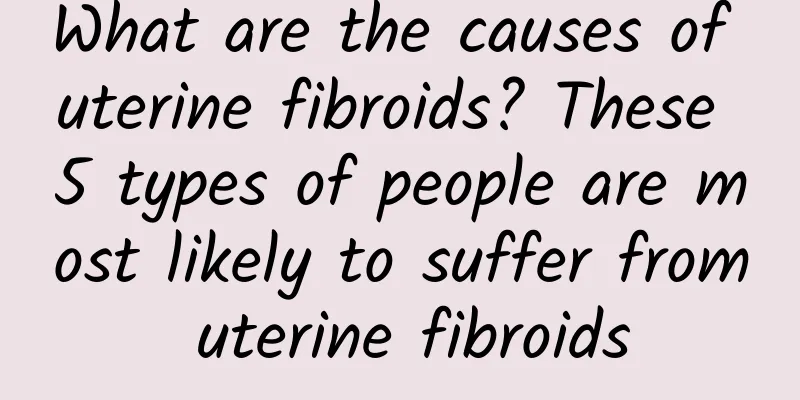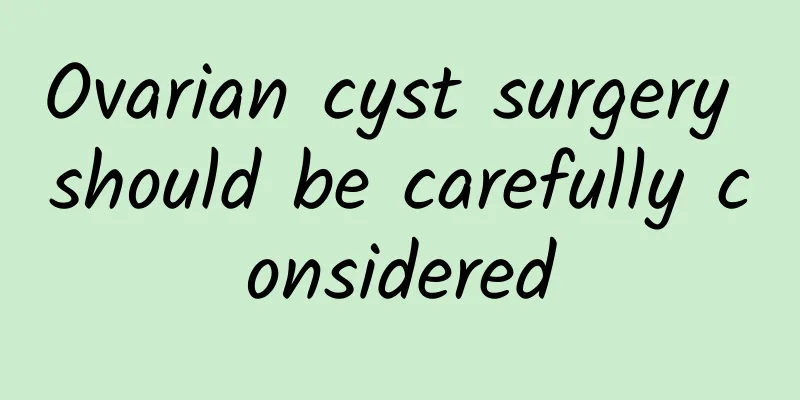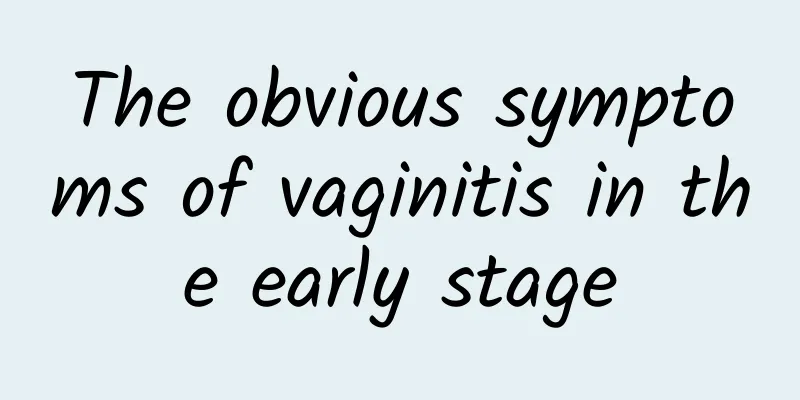Non-surgical treatments for ectopic pregnancy

|
Non-surgical treatments for ectopic pregnancy include expectant management, drug therapy, and interventional therapy, which should be carefully selected based on the condition. Expectant management Patients with no clinical symptoms or mild clinical symptoms; ectopic pregnancy mass diameter <3cm, no fetal heart beat, no intra-abdominal bleeding or estimated intra-abdominal bleeding less than 100ml; blood β-human chorionic gonadotropin <1000mIU/ml and continuously decreasing. Patients should rest at home and come to the hospital for a weekly re-examination of blood β-human chorionic gonadotropin. If abdominal pain worsens during this period, they should seek medical attention at any time. Drug therapy Drug treatment is suitable for patients who have fertility requirements, especially those with ectopic pregnancy whose contralateral fallopian tube has been removed or with obvious lesions. It is suitable for patients with no obvious abdominal pain, a maximum diameter of a mass of 3.5~5.0cm, β-human chorionic gonadotropin <2000~3000mIU/ml, stable vital signs, no signs of active intraperitoneal bleeding, and normal liver function and blood count. The commonly used drug is methotrexate, 50mg/m2 intramuscular injection per day. 4~7 days after administration, the blood β-human chorionic gonadotropin decreases by less than 15%, and the drug can be repeated. It takes an average of 35 days for blood β-human chorionic gonadotropin to drop to normal, and pay attention to monitoring blood routine and B-ultrasound. In recent years, some scholars have used mifepristone for conservative treatment of ectopic pregnancy, but there is no conclusion yet. Interventional therapy After angiography, 50-100 mg of methotrexate is slowly injected into the uterine artery. If the gestational sac is large, 500 mg of 5-fluorouracil is added. After the infusion, the uterine artery is embolized with absorbable gelatin sponge particles. After the embolization, the patient's vital signs are closely observed, and blood β-hCG and ultrasound are checked weekly. Due to its high cost, it is currently only used in the treatment of some special types of ectopic pregnancy. |
>>: Treating vaginitis with TCM differentiation of symptoms
Recommend
Don’t throw away the dragon fruit peel in a hurry! Full of betacyanin can fight cancer
If women want to replenish blood, eating iron-ric...
How long does it take for women to take medication for chronic cervicitis? Two or three courses of symptomatic medication are best
How long it takes for chronic cervicitis to be cu...
The harm of chronic pelvic inflammatory disease in women
The hazards of chronic pelvic inflammatory diseas...
Chocolate Cyst Diagnosis Test
Chocolate cysts must be correctly diagnosed befor...
Different types of pelvic inflammatory disease patients have different dietary treatments
Traditional Chinese medicine pays attention to th...
Experts detail the common symptoms of moderate cervical erosion
It is understood that most patients with cervical...
What are the nursing precautions for adnexitis?
The precautions for adnexitis are not only for pa...
Patients with cervicitis should pay attention to their symptoms in time
Cervicitis is one of the common gynecological dis...
Threatened Abortion Drugs
Pregnant women are very concerned about how to ch...
What tests should women do for cervical erosion? 6 tests can help you screen for cervical erosion
Cervical disease is a very common gynecological p...
Is surgery for pelvic cystic mass risky?
The surgical risk of pelvic cystic masses is rela...
What are the symptoms of cervical hypertrophy?
Although the symptoms of cervical hypertrophy are...
What to do if you have an ovarian cyst but are pregnant
What should I do if I have an ovarian cyst and I ...
What is the best food to eat during menstruation to eliminate blood? 4 kinds of blood-eliminating foods are recommended
During menstruation, you can drink some brown sug...
What are the dangers of uterine fibroids?
What are the dangers of uterine fibroids? 1. Infe...









